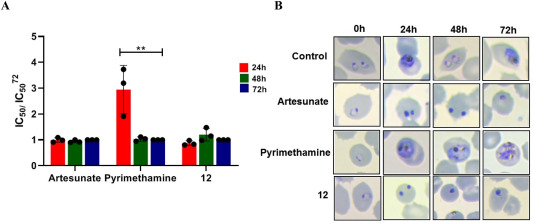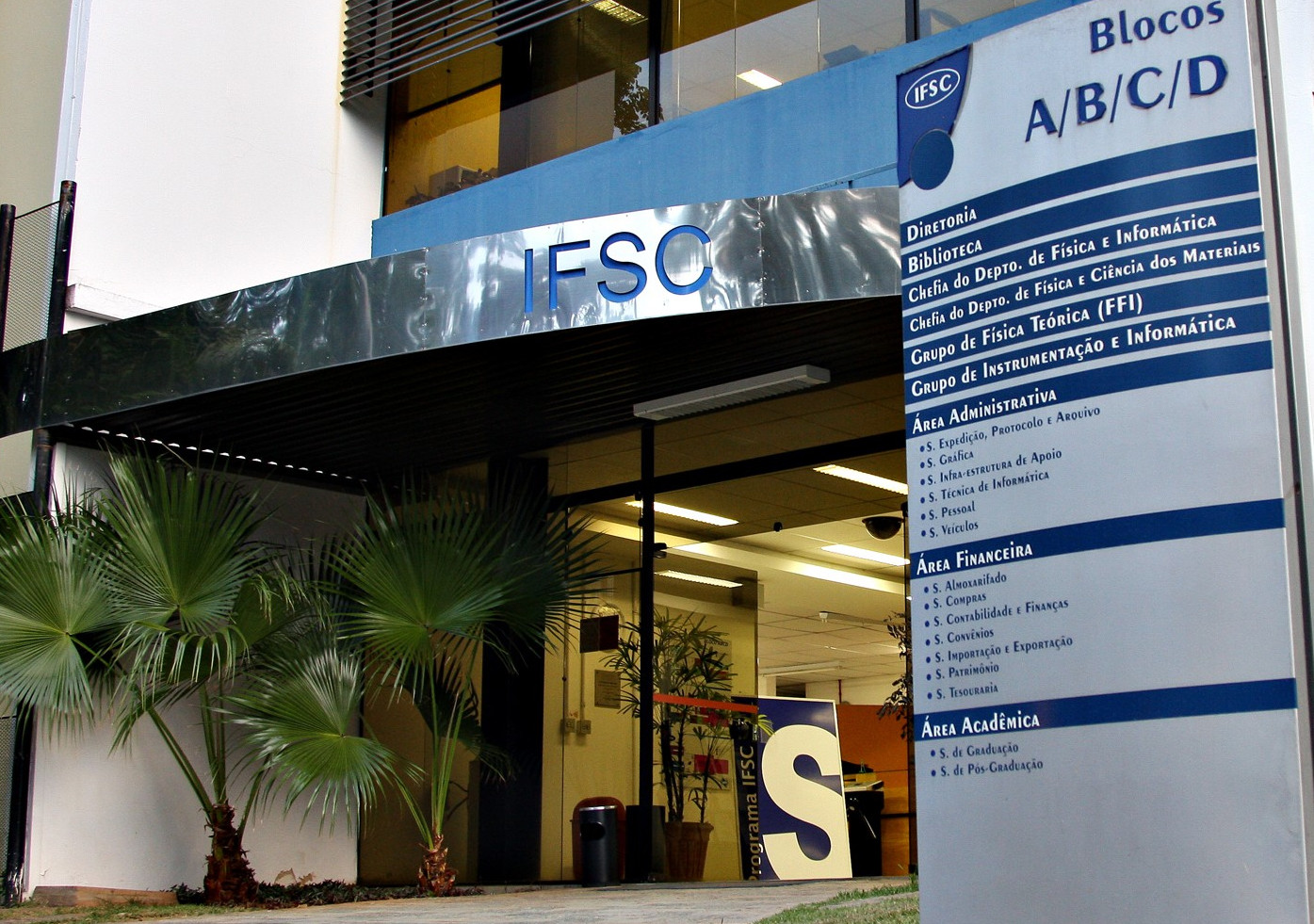 Abstract: The World Health Organization (WHO) estimated that there were 247 million malaria cases in 2021 worldwide, representing an increase in 2 million cases compared to 2020. The urgent need for the development of new antimalarials is underscored by specific criteria, including the requirement of new modes of action that avoid cross-drug resistance, the ability to provide single-dose cures, and efficacy against both assexual and sexual blood stages. Motivated by the promising results obtained from our research group with [1,2,4]triazolo[1,5-a]pyrimidine and pyrazolo[1,5-a]pyrimidine derivatives, we selected these molecular scaffolds as the foundation for designing two new series of piperaquine analogs as potential antimalarial candidates. The initial series of hybrids was designed by substituting one quinolinic ring of piperaquine with the 1,2,4-triazolo[1,5-a]pyrimidine or pyrazolo[1,5-a]pyrimidine nucleus. To connect the heterocyclic systems, spacers with 3, 4, or 7 methylene carbons were introduced at the 4 position of the quinoline. In the second series, we used piperazine as a spacer to link the 1,2,4-triazolo[1,5-a]pyrimidine or pyrazolo[1,5-a]pyrimidine group to the quinoline core, effectively merging both pharmacophoric groups via a rigid spacer. Our research efforts yielded promising compounds characterized by low cytotoxicity and selectivity indices exceeding 1570. These compounds displayed potent in vitro inhibitory activity in the low nanomolar range against the erythrocytic form of the parasite, encompassing both susceptible and resistant strains. Notably, these compounds did not show cross-resistance with either chloroquine or established P. falciparum inhibitors. Even though they share a pyrazolo- or triazolo-pyrimidine core, enzymatic inhibition assays revealed that these compounds had minimal inhibitory effects on PfDHODH, indicating a distinct mode of action unrelated to targeting this enzyme. We further assessed the compounds' potential to interfere with gametocyte and ookinete infectivity using mature P. falciparum gametocytes cultured in vitro. Four compounds demonstrated significant gametocyte inhibition ranging from 58 % to 86 %, suggesting potential transmission blocking activity. Finally, we evaluated the druggability of these new compounds using in silico methods, and the results indicated that these analogs had favorable physicochemical and ADME (absorption, distribution, metabolism, and excretion) properties. In summary, our research has successfully identified and characterized new piperaquine analogs based on [1,2,4]triazolo[1,5-a]pyrimidine and pyrazolo[1,5-a]pyrimidine scaffolds and has demonstrated their potential as promising candidates for the development of antimalarial drugs with distinct mechanisms of action, considerable selectivity, and P. falciparum transmission blocking activity. Abstract: The World Health Organization (WHO) estimated that there were 247 million malaria cases in 2021 worldwide, representing an increase in 2 million cases compared to 2020. The urgent need for the development of new antimalarials is underscored by specific criteria, including the requirement of new modes of action that avoid cross-drug resistance, the ability to provide single-dose cures, and efficacy against both assexual and sexual blood stages. Motivated by the promising results obtained from our research group with [1,2,4]triazolo[1,5-a]pyrimidine and pyrazolo[1,5-a]pyrimidine derivatives, we selected these molecular scaffolds as the foundation for designing two new series of piperaquine analogs as potential antimalarial candidates. The initial series of hybrids was designed by substituting one quinolinic ring of piperaquine with the 1,2,4-triazolo[1,5-a]pyrimidine or pyrazolo[1,5-a]pyrimidine nucleus. To connect the heterocyclic systems, spacers with 3, 4, or 7 methylene carbons were introduced at the 4 position of the quinoline. In the second series, we used piperazine as a spacer to link the 1,2,4-triazolo[1,5-a]pyrimidine or pyrazolo[1,5-a]pyrimidine group to the quinoline core, effectively merging both pharmacophoric groups via a rigid spacer. Our research efforts yielded promising compounds characterized by low cytotoxicity and selectivity indices exceeding 1570. These compounds displayed potent in vitro inhibitory activity in the low nanomolar range against the erythrocytic form of the parasite, encompassing both susceptible and resistant strains. Notably, these compounds did not show cross-resistance with either chloroquine or established P. falciparum inhibitors. Even though they share a pyrazolo- or triazolo-pyrimidine core, enzymatic inhibition assays revealed that these compounds had minimal inhibitory effects on PfDHODH, indicating a distinct mode of action unrelated to targeting this enzyme. We further assessed the compounds' potential to interfere with gametocyte and ookinete infectivity using mature P. falciparum gametocytes cultured in vitro. Four compounds demonstrated significant gametocyte inhibition ranging from 58 % to 86 %, suggesting potential transmission blocking activity. Finally, we evaluated the druggability of these new compounds using in silico methods, and the results indicated that these analogs had favorable physicochemical and ADME (absorption, distribution, metabolism, and excretion) properties. In summary, our research has successfully identified and characterized new piperaquine analogs based on [1,2,4]triazolo[1,5-a]pyrimidine and pyrazolo[1,5-a]pyrimidine scaffolds and has demonstrated their potential as promising candidates for the development of antimalarial drugs with distinct mechanisms of action, considerable selectivity, and P. falciparum transmission blocking activity. |
| European Journal of Medicinal Chemistry |
| v. 267, p. 116163-1-116163-12 - Ano: 2024 |
| Fator de Impacto: 6,7 |
| |
 @article={003182617,author = {FEITOSA, Lívia Melo; FRANÇA, Rodolfo Rodrigo Florido; FERREIRA, Maria de Lourdes Garcia; AGUIAR, Anna Caroline Campos; SOUZA, Guilherme Eduardo de; MALUF, Sarah El Chamy; SOUZA, Juliana Oliveira de; ZAPATA, Luana Carlos Campisano; DUARTE, Denise Maria Figueiredo Araújo; MORAIS, Inês; NOGUEIRA, Fátima; NONATO, Maria Cristina; PINHEIRO, Luiz Carlos da Silva; GUIDO, Rafael Victorio Carvalho; BOECHAT, Núbia.},title={Discovery of new piperaquine hybrid analogs linked by triazolopyrimidine and pyrazolopyrimidine scaffolds with antiplasmodial and transmission blocking activities},journal={European Journal of Medicinal Chemistry},note={v. 267, p. 116163-1-116163-12},year={2024}} @article={003182617,author = {FEITOSA, Lívia Melo; FRANÇA, Rodolfo Rodrigo Florido; FERREIRA, Maria de Lourdes Garcia; AGUIAR, Anna Caroline Campos; SOUZA, Guilherme Eduardo de; MALUF, Sarah El Chamy; SOUZA, Juliana Oliveira de; ZAPATA, Luana Carlos Campisano; DUARTE, Denise Maria Figueiredo Araújo; MORAIS, Inês; NOGUEIRA, Fátima; NONATO, Maria Cristina; PINHEIRO, Luiz Carlos da Silva; GUIDO, Rafael Victorio Carvalho; BOECHAT, Núbia.},title={Discovery of new piperaquine hybrid analogs linked by triazolopyrimidine and pyrazolopyrimidine scaffolds with antiplasmodial and transmission blocking activities},journal={European Journal of Medicinal Chemistry},note={v. 267, p. 116163-1-116163-12},year={2024}} |





 Abstract: The World Health Organization (WHO) estimated that there were 247 million malaria cases in 2021 worldwide, representing an increase in 2 million cases compared to 2020. The urgent need for the development of new antimalarials is underscored by specific criteria, including the requirement of new modes of action that avoid cross-drug resistance, the ability to provide single-dose cures, and efficacy against both assexual and sexual blood stages. Motivated by the promising results obtained from our research group with [1,2,4]triazolo[1,5-a]pyrimidine and pyrazolo[1,5-a]pyrimidine derivatives, we selected these molecular scaffolds as the foundation for designing two new series of piperaquine analogs as potential antimalarial candidates. The initial series of hybrids was designed by substituting one quinolinic ring of piperaquine with the 1,2,4-triazolo[1,5-a]pyrimidine or pyrazolo[1,5-a]pyrimidine nucleus. To connect the heterocyclic systems, spacers with 3, 4, or 7 methylene carbons were introduced at the 4 position of the quinoline. In the second series, we used piperazine as a spacer to link the 1,2,4-triazolo[1,5-a]pyrimidine or pyrazolo[1,5-a]pyrimidine group to the quinoline core, effectively merging both pharmacophoric groups via a rigid spacer. Our research efforts yielded promising compounds characterized by low cytotoxicity and selectivity indices exceeding 1570. These compounds displayed potent in vitro inhibitory activity in the low nanomolar range against the erythrocytic form of the parasite, encompassing both susceptible and resistant strains. Notably, these compounds did not show cross-resistance with either chloroquine or established P. falciparum inhibitors. Even though they share a pyrazolo- or triazolo-pyrimidine core, enzymatic inhibition assays revealed that these compounds had minimal inhibitory effects on PfDHODH, indicating a distinct mode of action unrelated to targeting this enzyme. We further assessed the compounds' potential to interfere with gametocyte and ookinete infectivity using mature P. falciparum gametocytes cultured in vitro. Four compounds demonstrated significant gametocyte inhibition ranging from 58 % to 86 %, suggesting potential transmission blocking activity. Finally, we evaluated the druggability of these new compounds using in silico methods, and the results indicated that these analogs had favorable physicochemical and ADME (absorption, distribution, metabolism, and excretion) properties. In summary, our research has successfully identified and characterized new piperaquine analogs based on [1,2,4]triazolo[1,5-a]pyrimidine and pyrazolo[1,5-a]pyrimidine scaffolds and has demonstrated their potential as promising candidates for the development of antimalarial drugs with distinct mechanisms of action, considerable selectivity, and P. falciparum transmission blocking activity.
Abstract: The World Health Organization (WHO) estimated that there were 247 million malaria cases in 2021 worldwide, representing an increase in 2 million cases compared to 2020. The urgent need for the development of new antimalarials is underscored by specific criteria, including the requirement of new modes of action that avoid cross-drug resistance, the ability to provide single-dose cures, and efficacy against both assexual and sexual blood stages. Motivated by the promising results obtained from our research group with [1,2,4]triazolo[1,5-a]pyrimidine and pyrazolo[1,5-a]pyrimidine derivatives, we selected these molecular scaffolds as the foundation for designing two new series of piperaquine analogs as potential antimalarial candidates. The initial series of hybrids was designed by substituting one quinolinic ring of piperaquine with the 1,2,4-triazolo[1,5-a]pyrimidine or pyrazolo[1,5-a]pyrimidine nucleus. To connect the heterocyclic systems, spacers with 3, 4, or 7 methylene carbons were introduced at the 4 position of the quinoline. In the second series, we used piperazine as a spacer to link the 1,2,4-triazolo[1,5-a]pyrimidine or pyrazolo[1,5-a]pyrimidine group to the quinoline core, effectively merging both pharmacophoric groups via a rigid spacer. Our research efforts yielded promising compounds characterized by low cytotoxicity and selectivity indices exceeding 1570. These compounds displayed potent in vitro inhibitory activity in the low nanomolar range against the erythrocytic form of the parasite, encompassing both susceptible and resistant strains. Notably, these compounds did not show cross-resistance with either chloroquine or established P. falciparum inhibitors. Even though they share a pyrazolo- or triazolo-pyrimidine core, enzymatic inhibition assays revealed that these compounds had minimal inhibitory effects on PfDHODH, indicating a distinct mode of action unrelated to targeting this enzyme. We further assessed the compounds' potential to interfere with gametocyte and ookinete infectivity using mature P. falciparum gametocytes cultured in vitro. Four compounds demonstrated significant gametocyte inhibition ranging from 58 % to 86 %, suggesting potential transmission blocking activity. Finally, we evaluated the druggability of these new compounds using in silico methods, and the results indicated that these analogs had favorable physicochemical and ADME (absorption, distribution, metabolism, and excretion) properties. In summary, our research has successfully identified and characterized new piperaquine analogs based on [1,2,4]triazolo[1,5-a]pyrimidine and pyrazolo[1,5-a]pyrimidine scaffolds and has demonstrated their potential as promising candidates for the development of antimalarial drugs with distinct mechanisms of action, considerable selectivity, and P. falciparum transmission blocking activity. @article={003182617,author = {FEITOSA, Lívia Melo; FRANÇA, Rodolfo Rodrigo Florido; FERREIRA, Maria de Lourdes Garcia; AGUIAR, Anna Caroline Campos; SOUZA, Guilherme Eduardo de; MALUF, Sarah El Chamy; SOUZA, Juliana Oliveira de; ZAPATA, Luana Carlos Campisano; DUARTE, Denise Maria Figueiredo Araújo; MORAIS, Inês; NOGUEIRA, Fátima; NONATO, Maria Cristina; PINHEIRO, Luiz Carlos da Silva; GUIDO, Rafael Victorio Carvalho; BOECHAT, Núbia.},title={Discovery of new piperaquine hybrid analogs linked by triazolopyrimidine and pyrazolopyrimidine scaffolds with antiplasmodial and transmission blocking activities},journal={European Journal of Medicinal Chemistry},note={v. 267, p. 116163-1-116163-12},year={2024}}
@article={003182617,author = {FEITOSA, Lívia Melo; FRANÇA, Rodolfo Rodrigo Florido; FERREIRA, Maria de Lourdes Garcia; AGUIAR, Anna Caroline Campos; SOUZA, Guilherme Eduardo de; MALUF, Sarah El Chamy; SOUZA, Juliana Oliveira de; ZAPATA, Luana Carlos Campisano; DUARTE, Denise Maria Figueiredo Araújo; MORAIS, Inês; NOGUEIRA, Fátima; NONATO, Maria Cristina; PINHEIRO, Luiz Carlos da Silva; GUIDO, Rafael Victorio Carvalho; BOECHAT, Núbia.},title={Discovery of new piperaquine hybrid analogs linked by triazolopyrimidine and pyrazolopyrimidine scaffolds with antiplasmodial and transmission blocking activities},journal={European Journal of Medicinal Chemistry},note={v. 267, p. 116163-1-116163-12},year={2024}}